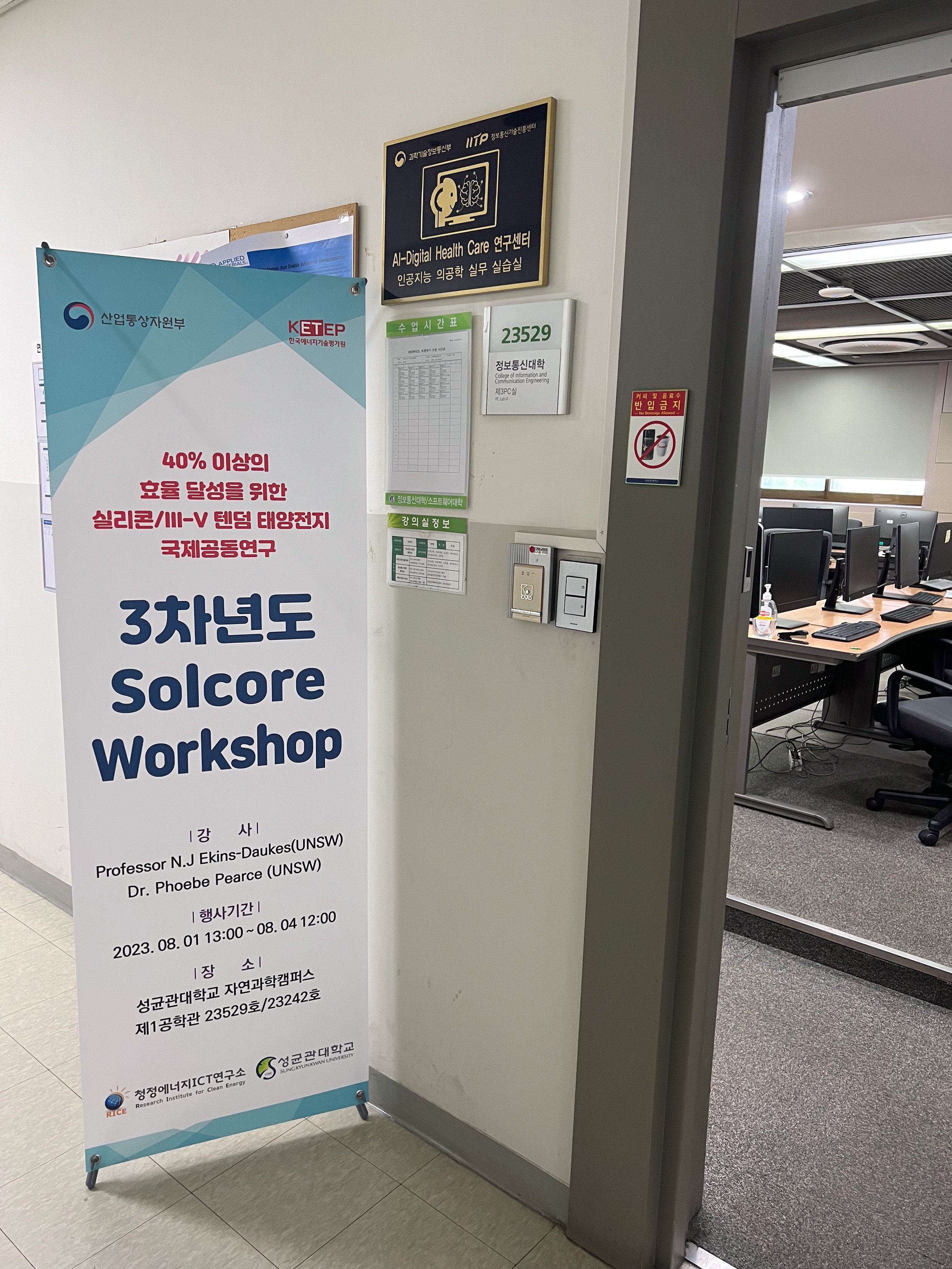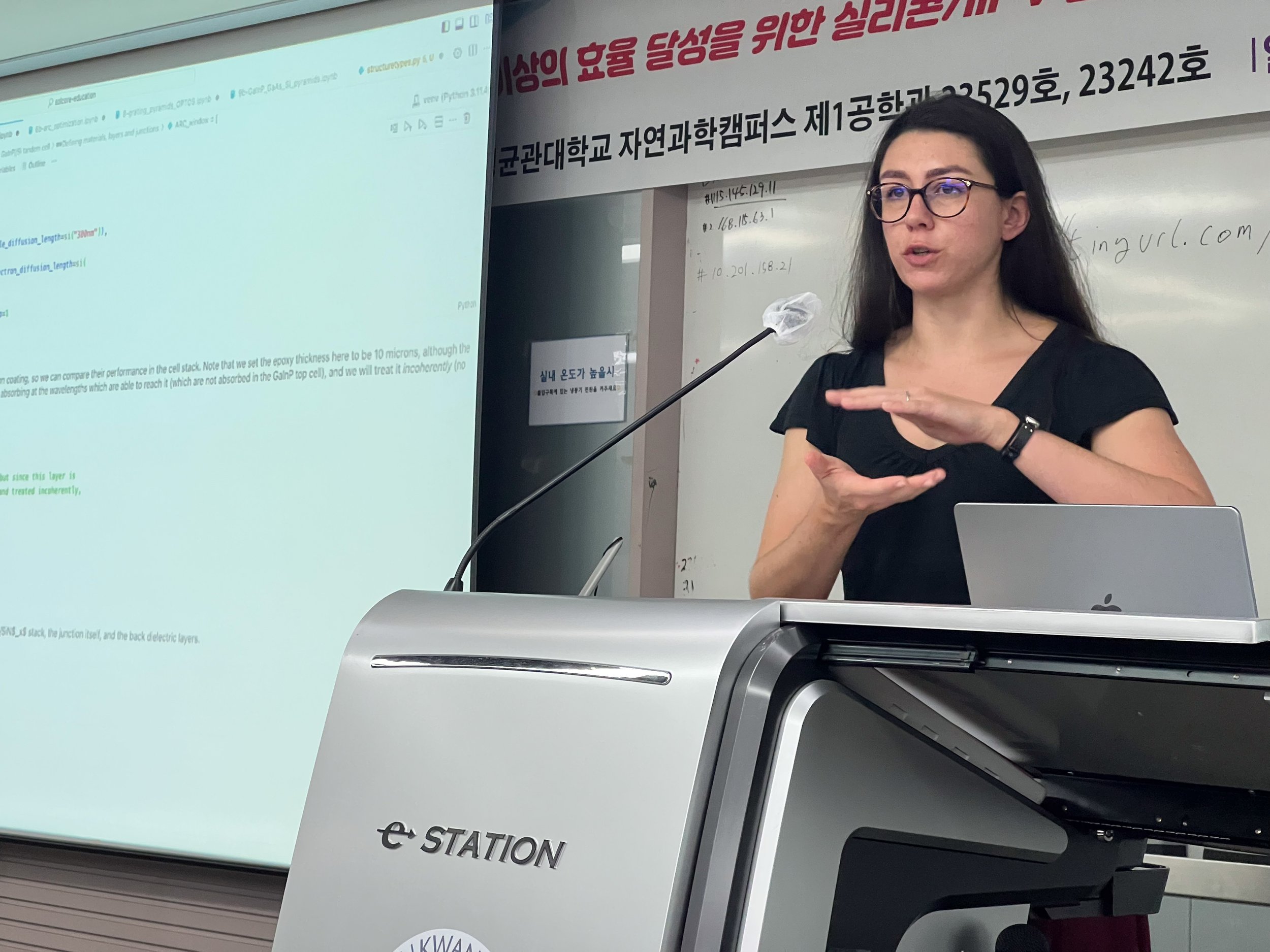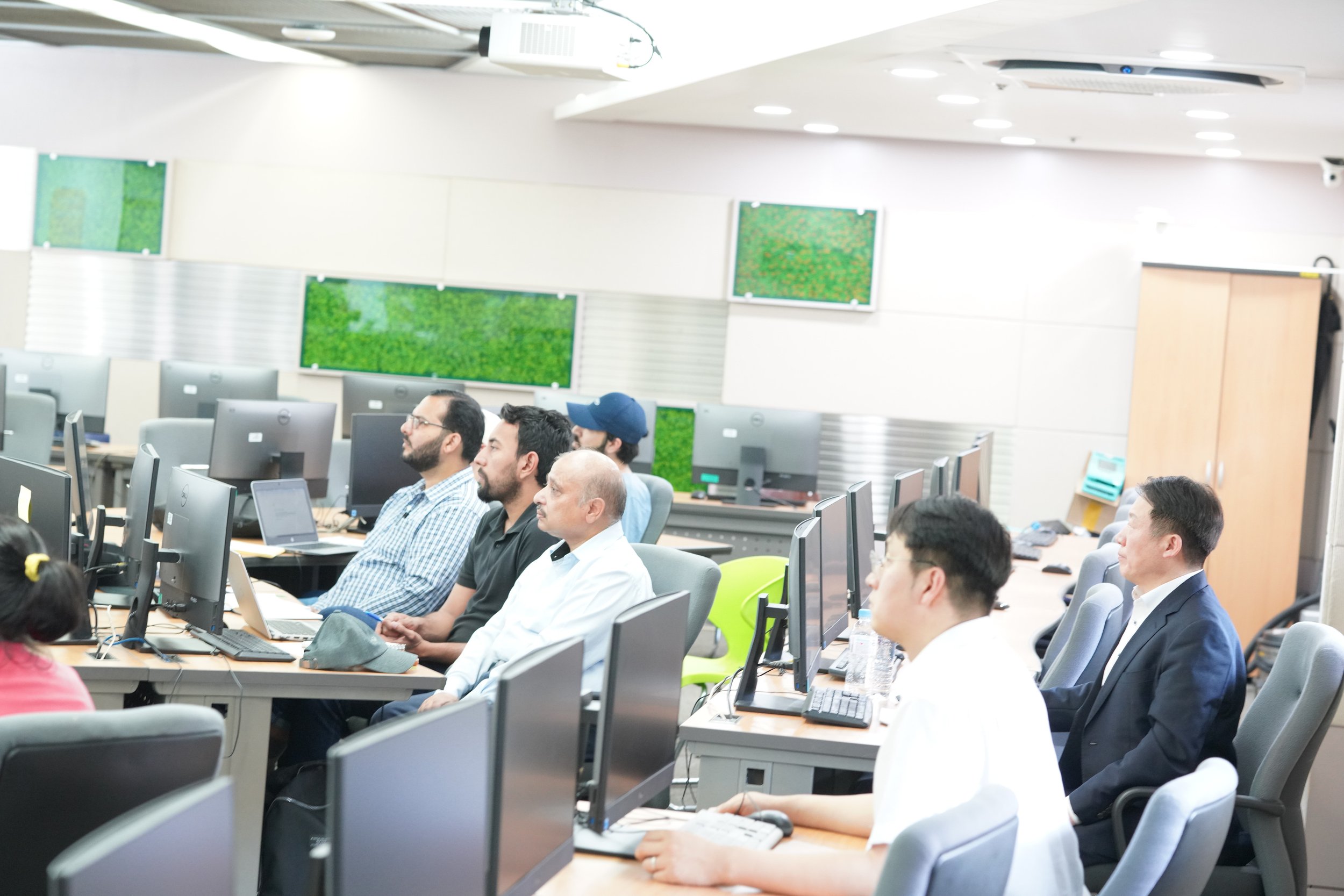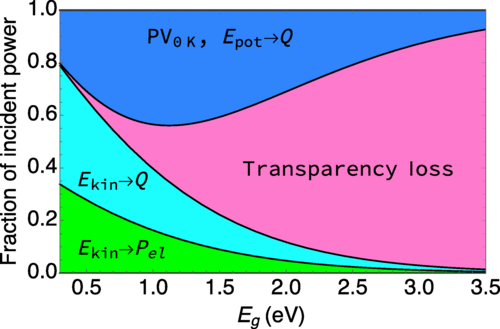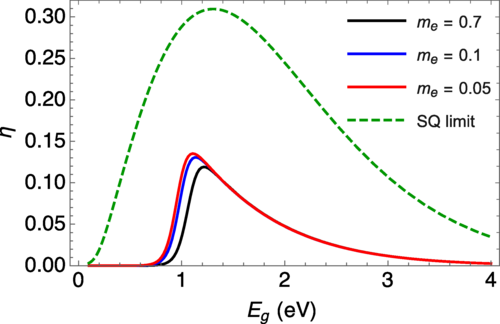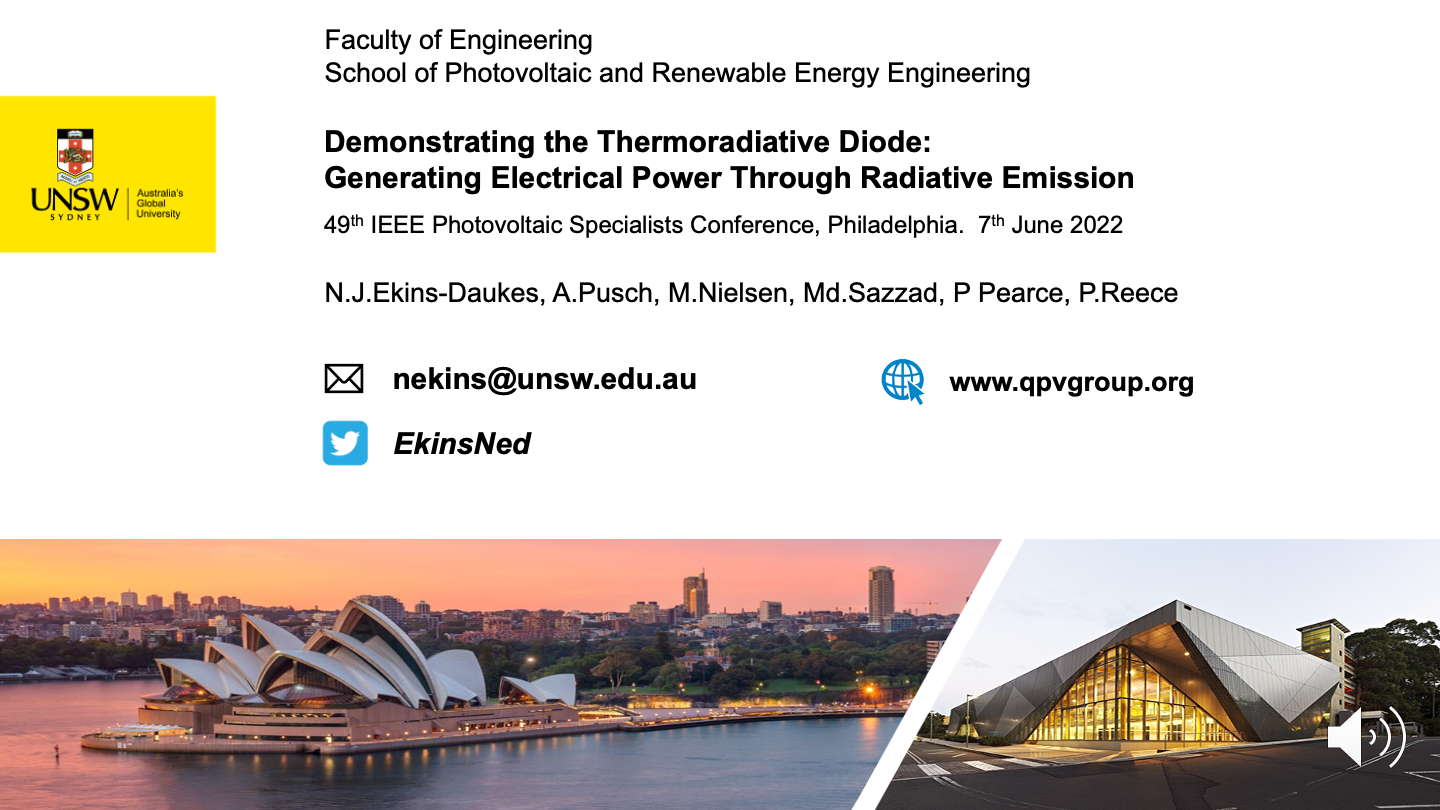The group had two oral presentations in symposium ET11 on Emerging Materials and Device Concepts for Flexible, Low-Cost Photovoltaic Technologies
Phoebe presented her work on ‘SiGeSn as a Candidate Material System for use in Thin-Film Multi-Junction Solar Cells’, describing how this promising new semiconductor could lead to manufacturable and hence lower cost high efficiency multi-junction solar cells. The work is in collaboration with Andrew Johnson at IQE plc.
Ned’s spoke about ‘Demonstrating the Hot Carrier Solar Cell—The Ultimate Thin Photovoltaic Device’ describing how a thin 8nm layer of chromium metal can be used to almost completely extinguish sunlight and generate a photocurrent. The work is in collaboration with James Dimmock, former QPV group member, Matthias Kauer formerly at Sharp Laboratories Europe, Paul Stavrinou at the University of Oxford, Huiyun Liu and Jiang Wu at University College London. The work will shortly be published in a Special Issue of Semiconductor Science & Technology dedicated to hot carrier photovoltaics.
On the closing morning of the conference, Ned and Kyle Kyle Montgomery from US Air Force Research Labs chaired a rump session on “Wavelength Selective Photonic Structures Applications to Solar Cells”, reporting on results from our collaborative work on Interstitial light trapping, in addition to presentations from Seth Hubbard from Rochester Institute of Technology, Rao Tatavarti from Microlink Devices, Roger Welser from Magnolia Solar, Jeremy Munday from University of Maryland, Andrew Johnson from IQE and Stephen Bremner from UNSW Sydney.
